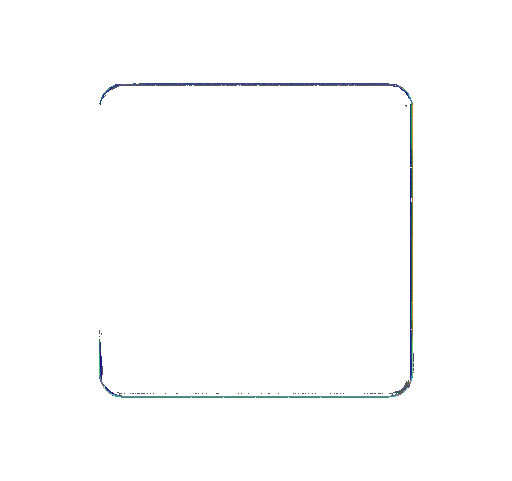Dev Release 17
Smart Contracts: The Heart of BlockDAG's dApp Ecosystem
EVM Compatibility
Deep Dive: The Power of SHA-256
The Future of Smart Contracts & next steps
Hey BlockDAG community, blockchain enthusiasts, and everyone in between!As we forge ahead with BlockDAG's smart contract development, let's dive deeper into the intricate details of our evolving platform. This post is a developer's delight, exploring technical considerations and the potential standards BlockDAG will leverage for its smart contract ecosystem.
Smart Contracts: The Heart of BlockDAG's dApp Ecosystem
Smart contracts, those self-executing pieces of code residing on the blockchain, are the driving force behind decentralized applications (dApps) on BlockDAG. They enable the automation of agreements, their rules etched immutably into the distributed ledger.
BlockDAG's Approach to Standardization
To streamline developer experience and foster a thriving smart contract ecosystem, BlockDAG is actively considering the adoption of widely recognized standards.
EVM Compatibility
BlockDAG is actively working towards achieving EVM compatibility, aiming to unlock groundbreaking possibilities for cross-network collaboration. This future interoperability with Ethereum-based tools, wallets, explorers, and its vast user base has the potential to significantly accelerate the adoption of the BlockDAG ecosystem. Developers would find an environment tailored for building scalable EVM-compatible dApps, while the platform's emphasis on community-driven governance would empower users, builders, and validators, promoting a culture of fairness and inclusivity.
- ERC-20 Token Standard: This Ethereum standard provides a blueprint for fungible tokens on BlockDAG, guaranteeing seamless interaction with wallets and other applications. Specific methods like name(), symbol(), balanceOf(), and transfer() are likely to be incorporated.
function name() public view returns (string)
function symbol() public view returns (string)
function decimals() public view returns (uint8)
function totalSupply() public view returns (uint256)
function balanceOf(address _owner) public view returns (uint256 balance)
function transfer(address _to, uint256 _value) public returns (bool success)
function transferFrom(address _from, address _to, uint256 _value) public returns (bool success)
function approve(address _spender, uint256 _value) public returns (bool success)
function allowance(address _owner, address _spender) public view returns (uint256 remaining)
- ERC-721 Non-Fungible Token (NFT) Standard: BlockDAG may integrate this standard to enable the representation and management of unique digital assets (NFTs) on the platform.
Securing the Smart Contract Realm
BlockDAG is committed to the security and integrity of its smart contract functionality. Here's a glimpse into the cryptographic and algorithmic foundations:
- Hashing Algorithms (SHA-256, BLAKE3): These robust algorithms will generate unique identifiers for transactions, safeguarding data integrity and ensuring that our ledger remains tamper-proof.
- Digital Signatures (Elliptic Curve Cryptography): Algorithms like secp256k1 will empower users to authorize transactions, proving ownership and control of their digital assets on BlockDAG.
- Consensus Mechanisms (PoW, PoS, DPoS): BlockDAG's choice of consensus mechanism will play a critical role in how transactions are validated and added to the blockDAG. This decision directly impacts network security and agreement among participants of the network.
Deep Dive: The Power of SHA-256
The SHA-256 hashing algorithm is a cornerstone of BlockDAG's security infrastructure. Let's break down its mechanics:
1. Preprocessing
- Padding: The message is padded with a specific bit pattern to ensure a specific length, a multiple of 512 bits. This padding includes a single 1 followed by zeros until the message length becomes 448 bits short of a multiple of 512. Finally, the message length in bits (as a 64-bit word) is appended.
- Message Schedule: The padded message is broken down into 512-bit blocks (16 x 32-bit words). These 16 words are denoted as W[0]...W[15].
2. Hash Initialization
Eight 32-bit hash values, h0 to h7, are initialized with specific hexadecimal constants designed for SHA-256. These values serve as starting points for the iterative processing.
3. Compression Function (Main Loop)
This is the core of the SHA-256 algorithm, involving 64 rounds of processing each 512-bit block. Here's what happens in each round:
- Prepare Working Words: Four additional working words (W[16]...W[63]) are calculated using a specific formula involving bit shifts and previous words.
- Round Function: Each round performs a complex series of mathematical operations on the hash values (h0 to h7) and the working words (W[i]). Here's a breakdown of the key algorithms involved:
- Ch(x, y, z): This function performs a conditional selection based on the second bit (y). It returns either (x & y) or (~x & z), where & denotes bitwise AND and ~ denotes bitwise NOT.
- Ma(x, y, z): This function performs a majority function. It returns the value that appears most frequently among the three bits x, y, and z. This can be implemented using bitwise operations and conditional statements.
- Σ⁰(x): This function performs a right circular shift by 2 positions and a bitwise XOR with right circular shifts by 13, 17, and 19 positions (denoted as >>> and ^ for XOR, respectively).
- Σ¹(x): This function performs a right circular shift by 7 positions and a bitwise XOR with right circular shifts by 18, 3, and 14 positions.
- Hash Value Update: The temporary variables (temp1 and temp2) are calculated using the round function, existing hash values, and working words. Finally, the hash values are updated for the next round.
4. Finalization
After processing all message blocks, the final eight hash values (h0 to h7) represent the SHA-256 hash digest. These values are concatenated to form the final 256-bit hash string.
The Future of Smart Contracts & next steps
As blockDAG technology matures, smart contracts are expected to play an increasingly significant role in reshaping various industries. Continuous standardization efforts, the development of more secure and efficient virtual machines like WASM & EVM, and the integration of advanced algorithms will further empower developers to build innovative decentralized applications
